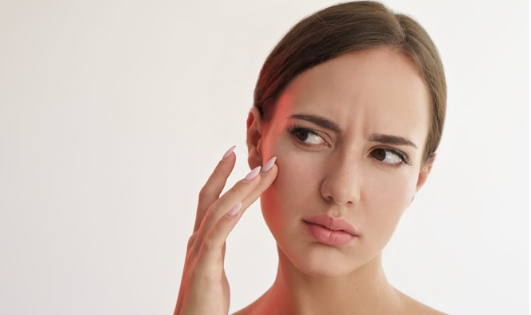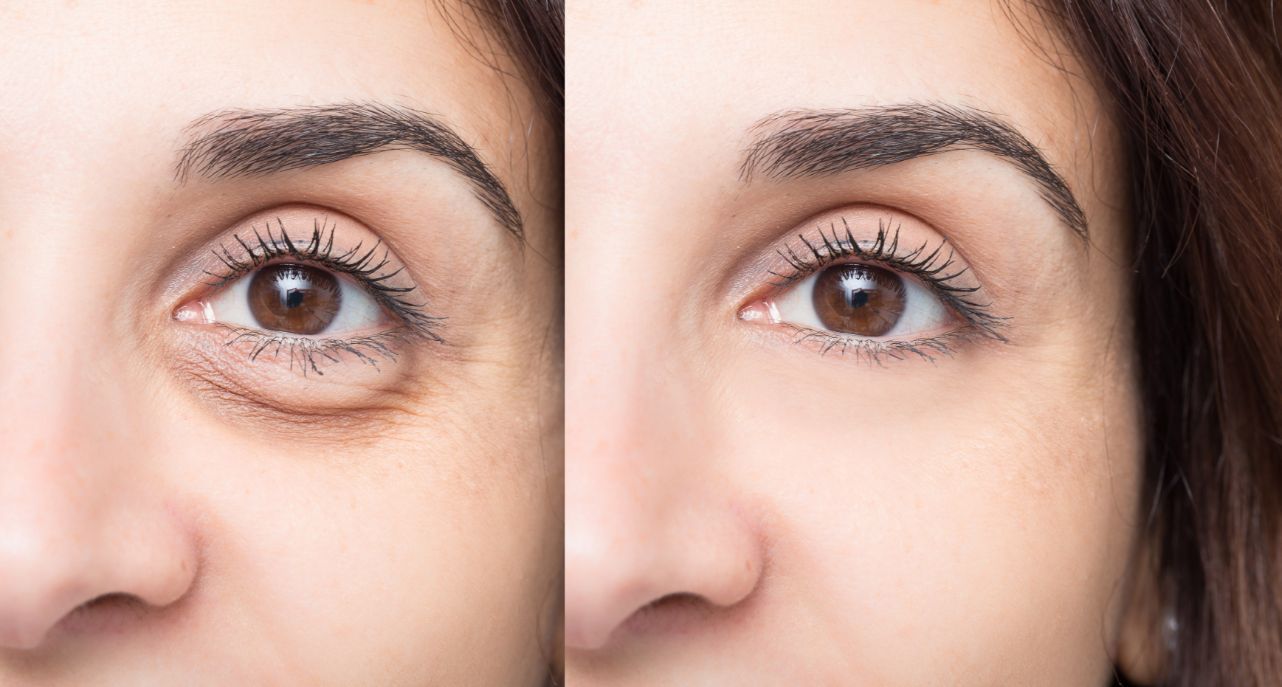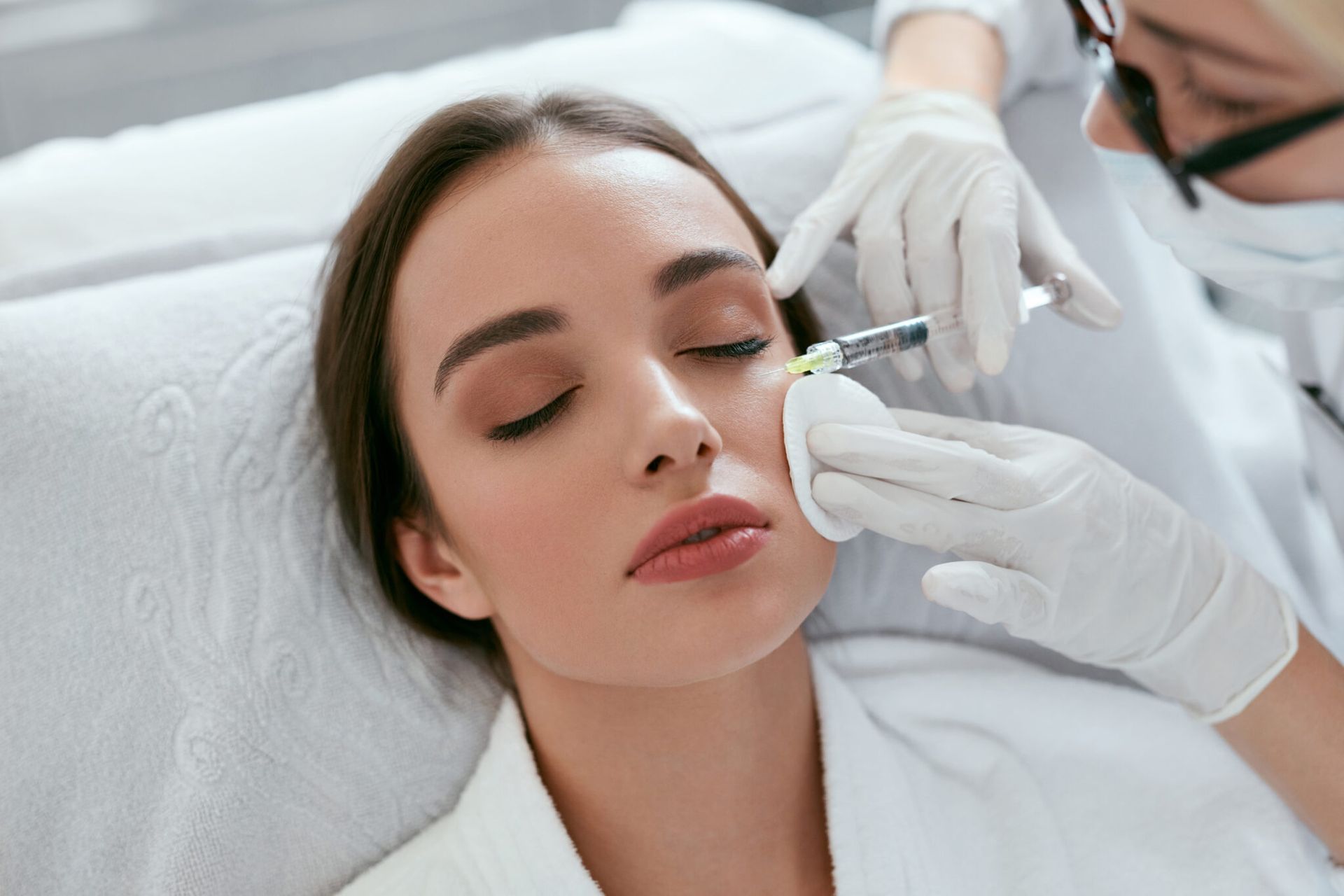The Best Under Eye Filler For Dark Circles, Puffy Eyes, And More
Do you have dark circles, puffy eyes, or wrinkles under your eyes? If so, you may be considering an under-eye filler. Under-eye fillers can help to improve the appearance of these issues, making you look younger and more refreshed. In this blog post, we will discuss the different types of under-eye fillers available and which one may be best for you.
The Best Under Eye Filler For Dark Circles, Puffy Eyes, And More
Hyaluronic Acid Fillers
Hyaluronic acid (HA) fillers are a popular choice as they are non-invasive and offer temporary yet visible results. HA fillers can help to reduce dark circles, puffiness, lines, and wrinkles under the eyes and can also be used to add volume.
Collagen Stimulating Fillers
Collagen-stimulating fillers are biocompatible substances that stimulate collagen production to improve skin elasticity and reduce wrinkles. These fillers can also be used in the under-eye area to reduce puffiness, dark circles, and fine lines.
Fat Transfer
Fat transfer involves harvesting fat from another area of the body and injecting it into the under-eye area. This technique is considered long-lasting, as fat cells are unlikely to be dissolved or metabolized in the area. Fat transfer can also help to add volume and reduce wrinkles, dark circles, and puffiness under the eyes.
Botox
Botox is a popular non-invasive procedure that can help to reduce wrinkles and fine lines around the eyes. Botox is injected directly into the muscle, helping to relax it and reduce the appearance of wrinkles.
Laser Resurfacing
Laser resurfacing is a technique that uses light energy to remove the top layer of skin and reduce wrinkles and fine lines around the eyes. It can also be used to improve texture, discoloration, and redness in the under-eye area.
Microneedling
Microneedling is a procedure that involves using tiny needles to create micro-tears in the skin. This stimulates collagen production and helps to reduce wrinkles, dark circles, puffiness, and fine lines under the eyes.
Platelet-Rich Plasma (PRP)
PRP is a procedure that involves extracting the patient’s own blood and harvesting the plasma. The plasma is then injected into the under-eye area, helping to reduce wrinkles, fine lines, dark circles, and puffiness.
Thread Lift
A thread lift is a minimally invasive procedure that involves inserting tiny threads under the skin to lift, tighten, and contour the area. It can help to reduce wrinkles and puffiness under the eyes as well as add volume and definition.
Radiofrequency (RF)
RF is a treatment that uses heat energy to stimulate collagen production and reduce wrinkles, fine lines, dark circles, and puffiness under the eyes.
Chemical Peels
Chemical peels involve using mild exfoliating acids
There are many different types of under-eye fillers available that can help to improve the appearance of wrinkles, puffiness, and dark circles under the eyes. The best choice for you will depend on your particular needs, budget, and the results you hope to achieve. Your doctor can help to discuss which option may be best for you. It is important to remember to always consult a professional before undertaking any treatment or procedure.
Our Recent News & Articles







